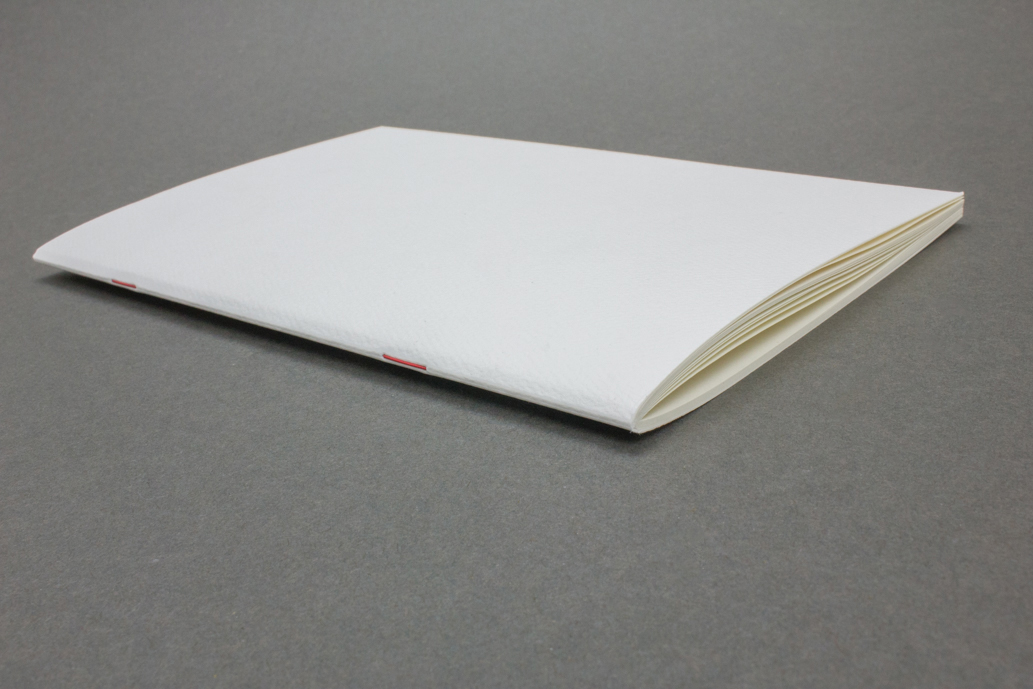

It is used for documents that need to be easily bound, shared and stored. It is the simplest and the most affordable method of document binding. When it comes to margins, the same principle applies to spiral binding. Designer tip:ĭo not create a two-page photo spread the graphics that cross pages don’t look right with this binding.

Books don’t lay flat on the table when opened due to glueing of cover to the spine of the book block - uncomfortable reading.Heavyweight cardstock paper is used to make the cover. The front cover is bent to create a spine, and the pages are glued to the spine. Perfect bound offers a combination of aesthetics and quality. It is one of the fastest and easiest methods of binding books. It is the most commonly used technique for softcover books (paperbacks), magazines, journals, manuals, catalogs and luxury brochures. A margin of at least 0.25’’ (6 mm) is advised. Designer tip:Īvoid placing important design elements (such as text and logos) too close to the fold line. Number of pages is limited by staple capability.Almost any size of the book can be done with Saddle stitch.The process is eco-friendly because it doesn’t use glue.These books can be produced very quickly and efficiently.The total page count has to be divisible by 4, because of the folding. Saddle stitch books can have the same kind of paper throughout ( self-cover books), or a heavier paper stock can be used for the covers ( with cover). In this method, the pages are put together, folded and stapled through the fold line with wire staples. It is an excellent option for booklets, pamphlets, calendars, notebooks, commercial and technical brochures and magazines with a small number of pages, or the ones that might have a short-term use. When deciding about the binding, you should consider the purpose of the document and its distribution needs. In this blog post, we will cover the most popular binding styles that you may come across. In our daily life, we do not tend to think about binding techniques of booklets, catalogs, magazines, agendas and other documents.

When thinking about book binding, most of us are considering the difference between paperback and hardback, eventually remembering some of the more luxurious options, like leatherbound books.


 0 kommentar(er)
0 kommentar(er)
